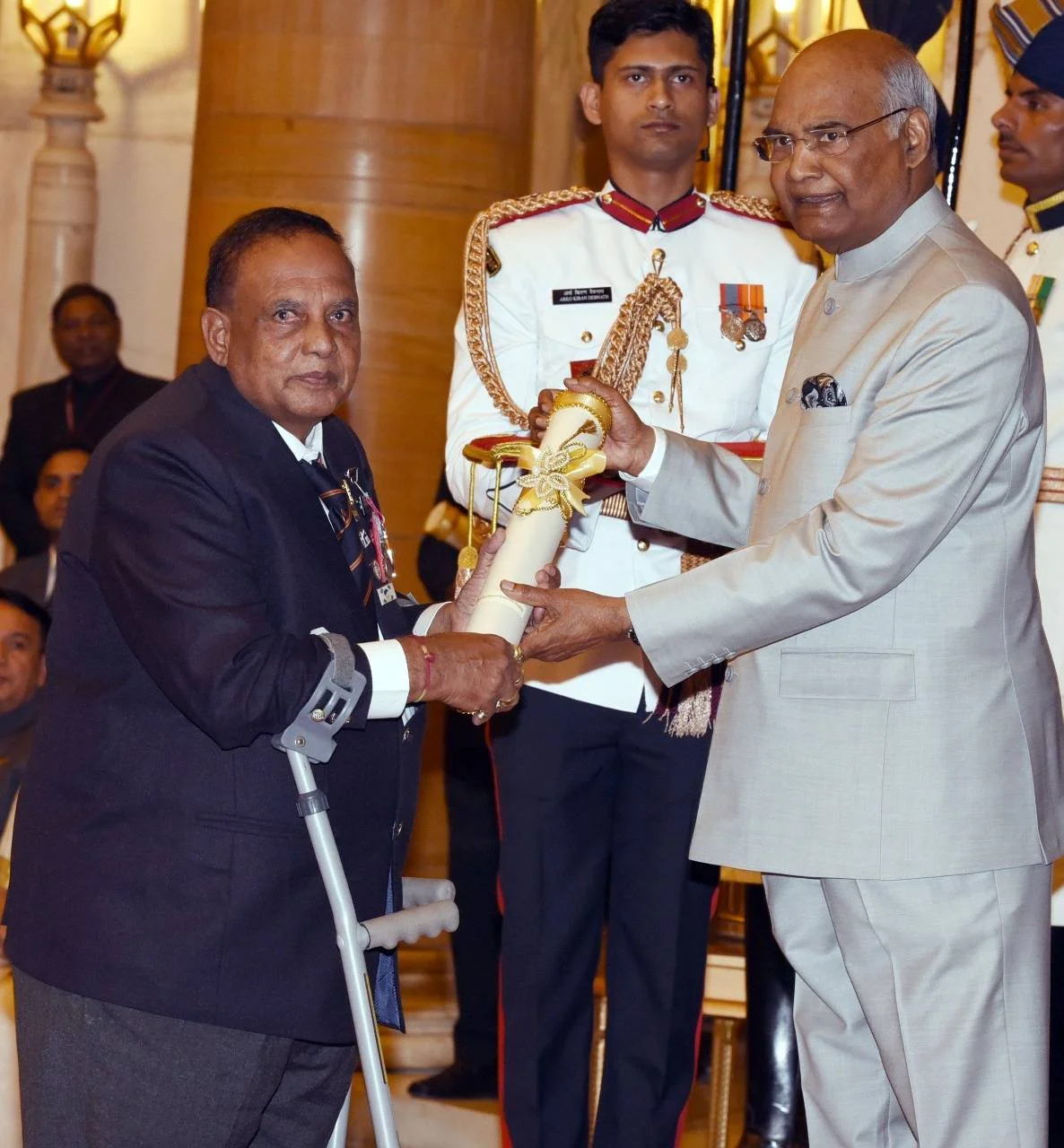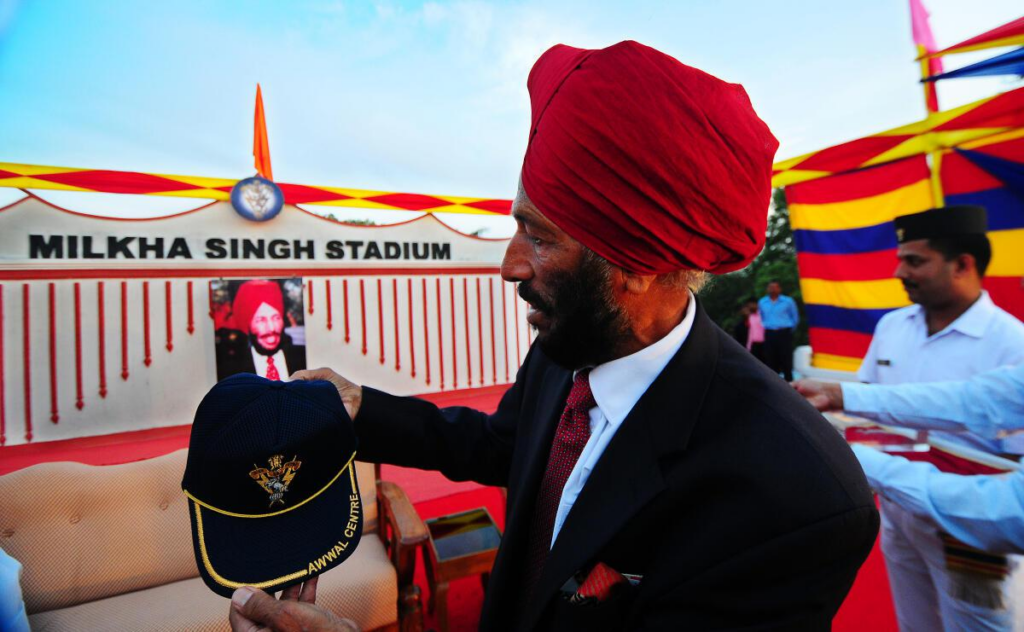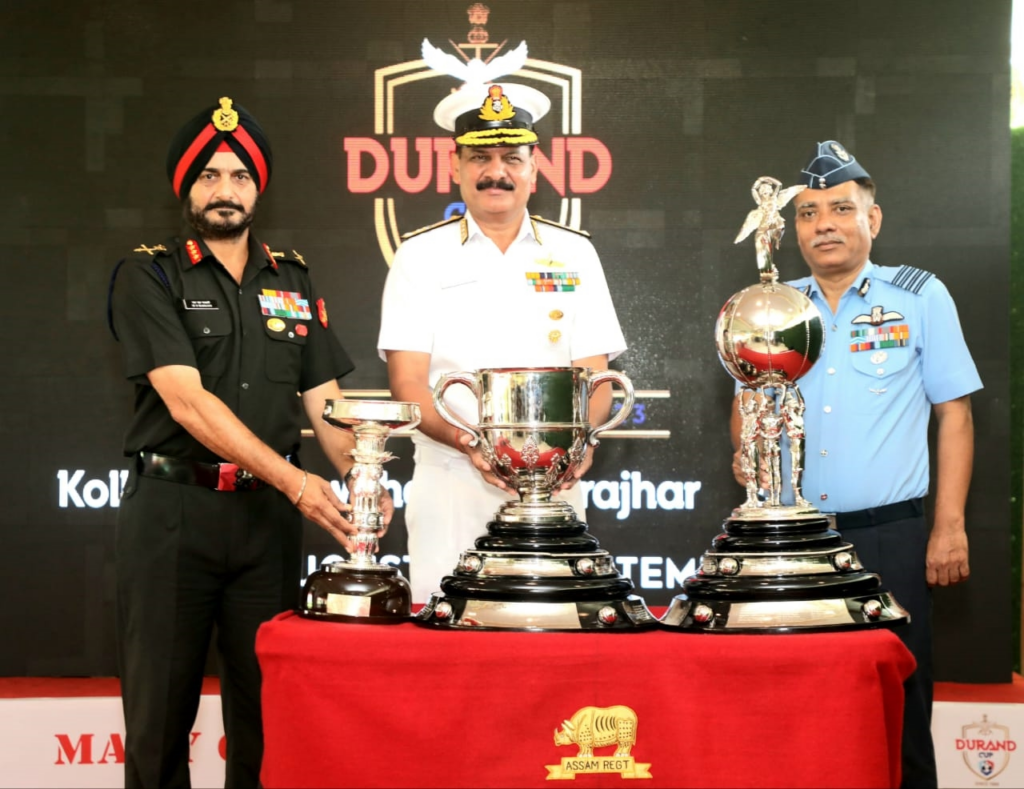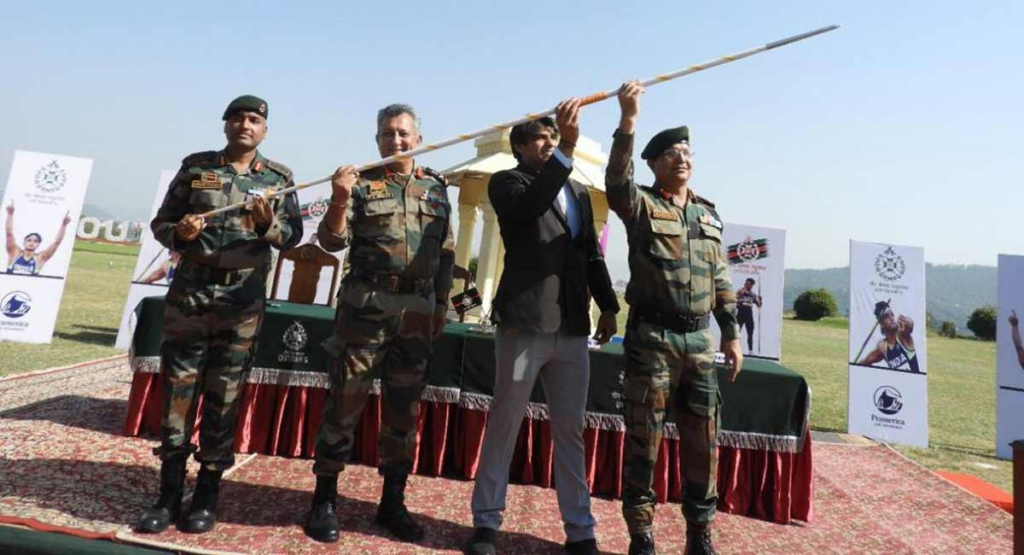Recently, I watched the Kartik-Aryan starrer Chandu Champion, based on the real-life story of Paralympic gold medal winner Murlikant Petkar. Murli had dreamt of winning an Olympic medal all his life but was unaware of the avenues to achieve it. Meanwhile, he meets someone who tells him that joining the army would give him the opportunity to be an elite sportsman and win medals for his country. He cited the examples of Indian sporting legends like Dhyan Chand, and Milkha Singh and how the army had helped them to be the sports person they became.

This reminded me of Olympian medalists like Neeraj Chopra, Rajyavardhan Singh Rathore among others who have been part of the Army and have brought the highest sporting honours to the nation. The army has always nurtured, encouraged, and produced some of the best athletes from our country. Let’s trace the inseparable journey of sports and the Army in India.

The British Indian Army was responsible for introducing most modern sports and games in India. Sports has remained an essential part of the armed force’s daily life, culture, and leadership development.

Icons like Milkha Singh and Dhyan Chand give all the credit for their success to the Army. The baby steps of the ‘flying Sikh’ were taken in Secunderabad, where he was recruited in the Corps of Electrical and Mechanical Engineers (EME) of the Army back in 1952. While inaugurating the Stadium inside the EME Centre, which is named after him, he said, “How can I forget this place! It was here in 1952 that I was encouraged to take up athletics thanks to my coach Havaldar Gurudev Singh, Yeh to mujhe Gurudwara samaan hai.”

The Hockey wizard Dhyan Chand followed his father’s footsteps of joining the Army when he was 16. He writes in his autobiography, “I do not remember whether I played any hockey worth mentioning before I joined the Army. I could then never dream that from a Sepoy without much academic qualification, I would be raised to the rank of a Captain in the Indian Army.”

The armed forces used to dominate most competitive sports in the country due to their immense resources, organisation, discipline, and intense competitive spirit. The units started maintaining ‘gladiators’ – men who were spared the rigours of military training to focus only on sports. The Army teams used to win regularly at international inter-army competitions and swept most private tournaments. The Durand Cup has been won twice by Army teams, Madras Regimental Centre and the Gorkha Brigade. In the 1953 edition, a team comprising of young NDA cadets were runners-up to the mighty Mohun Bagan. The hockey team regularly won the Agha Khan Gold Cup.

This success of army teams was because of two reasons-the army was an attractive career choice for young people and the forces did a spectacular job in scouting and nourishing these talents. The army continues to have the best possible infrastructure for a player to grow and excel. Retired Lieutenant General, who was involved in the Mission Olympics and Army Sports Policy says, “I have no hesitation in saying that one cannot have a better programme, funding and infrastructure to resurrect the sporting prowess of the armed forces and make a contribution to enhance national sporting prowess.”

However, owing to some internal conflicts which resulted in policy changes, a decline in the sporting prowess of the army was seen starting in the 1970s. There was an outcry to ban sports competitions and focus only on sports per se for wellness. Indian Army decided to do away with the sports competitions up to the divisional level. This was a time when Corporate sponsorship and advertisement made sports a career in itself. While the whole world was nurturing talents from a very young age, the Army was able to do it when Soldiers joined at the age of 17-21 years.

To counter this decline of sports in the Army “Mission Olympics,” a focused bid for medals was started in 2001. A 60 crore budget was allocated out of the defence budget to create world-class infrastructure. The army ensures athletes are supported through their training. They are not required to render military service and a system of performance-linked promotions ensures their career progression. Eleven disciplines were identified – archery, boxing (lightweights), wrestling (lightweights), weight-lifting (lightweights), diving, athletics (long distance and throwing), fencing, sailing, rowing, shooting, and equestrian.

Neeraj Chopra, the first Indian track and field athlete to win a gold medal at the Olympic Games and Rajyavardhan Singh Rathore, who was a silver medal winner in the 2004 Olympics were part of this programme. Over 450 athletes are training under this.

While talking to one of my friends who has recently concluded his training at OTA Chennai, he described how sports is ‘the prestigious’ thing in the army. A prime achievement for a soldier is winning for his Unit and the country, be it on the battlefield or the playground.

















